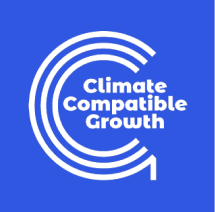Our Research Communities collaborate around several cross-cutting themes that are important focal points for the 2025-2028 period:
- System Planning and Policy
- Data-to-Deal Research
- Critical Minerals
- Green Hydrogen and Alternative Fuels
- Circular Economy

These themes are broad enough to allow the research to remain responsive to changing global, country and FCDO priorities. They serve as the primary interdisciplinary focus areas, bringing together the CCG Research Communities to address the most pressing opportunities and challenges related to climate compatible growth in LICs and LMICs. They also facilitate collaboration between Research Communities and partners. They are designed to evolve and be revisited as the global context shifts, ensuring that CCG research retains a balance between responsiveness to emerging needs and delivering deep research that advances knowledge.
System Planning and Policy
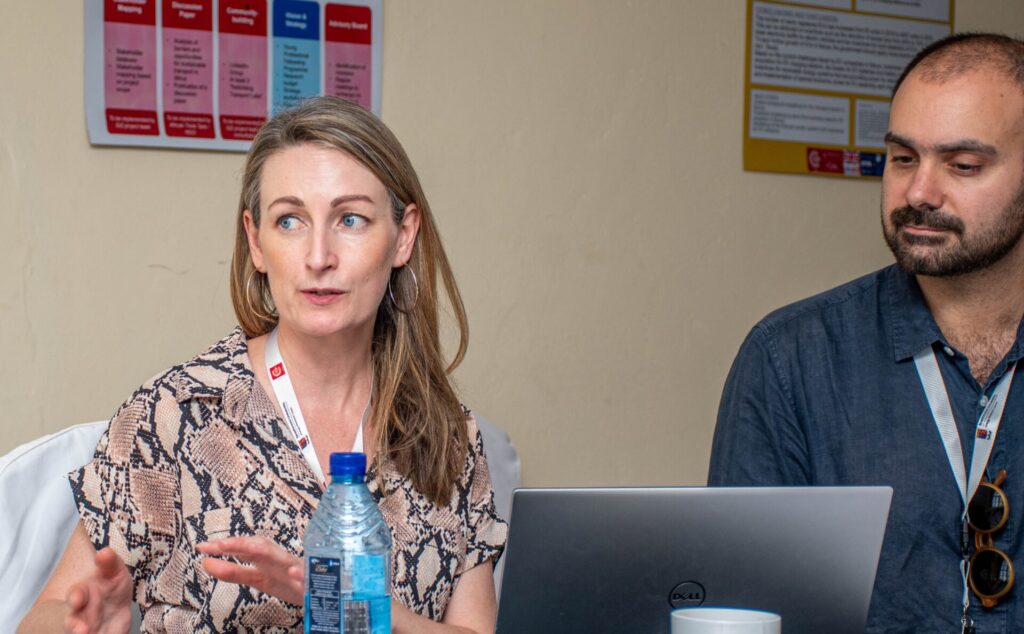
System Planning and Policy deals with localised requests for research relating to plans and policies for energy and transport systems. The cycles for creating and updating planning guidelines and policies are quite regular (eg NDCs and LTSs). More specific policies, for example to finance the deployment of renewable energy generation, are also developed regularly. CCG Programmed Research works with in-country stakeholders to co-create and apply quantitative and qualitative approaches to address pressing policy questions.
Case Study: System Planning and Policy in Zambia
A team led by Imperial College London and University College London researchers is exploring sustainable development pathways in Zambia, through the development of an OSeMOSYS whole energy system model, complemented by other analytical approaches.
The model for Zambia was originally developed to understand the potential for a ‘greener’ recovery from Covid-19 there. It was used to quantify scenario narratives, to complement policy analysis and to underpin a series of policy recommendations to the Zambian government. Subsequently, this model has been further developed with local stakeholders including Cities and Infrastructure for Growth Zambia (CIGZ) and government ministries and is being used to support the development of the Clean Cooking Strategy Action Plan, led by the Ministry of Energy with the support of US AID.
Pathways are being developed collaboratively to reflect the views of different Zambian stakeholders and to inform targets and policies to promote clean cooking options. The modelling is also integrating research from the Governance and Equity community, focused on biomass consumption, charcoal production and land-use change, which can significantly impact modelling outcomes. Modelling results are also being used in the Data-2-Deal process to inform financing of the Integrated Resource Plan (IRP), led by CCG Partnerships in collaboration with CIGZ and the Ministry of Energy.
The model is also being used to support the World Bank’s Climate Change Development Report (CCDR) efforts, and potentially the revision of the NDC. Finally, capacity building on OSeMOSYS has supported technical stakeholders from various institutions including government ministries, utilities and other development partners to support the uptake of the model more widely in Zambia. The model will also provide the basis for the energy part of the Climate Land Energy Water systems (CLEWs) model development programme, which is starting in partnership with UN DESA. It is hoped that the OSeMOSYS model will be formally incorporated into the new Energy Planning Centre (overseen by the Ministry of Energy) for continued use in support of energy planning and policy in Zambia.
Data-to-Deal Research
The Data-to-Deal (D2D) theme brings together Programmed Research Communities to provide interdisciplinary research to underpin this systematic approach to securing finance for climate transition projects. Substantial investment is required, and robust institutional frameworks and capacity are needed to support this, aligned with broader development goals, so this theme provides a wide range of research to support that. It brings together, often in specific country contexts, insights from political economy research, energy and transport system design, policies, financial modelling, economic and distributional analysis. It provides the analytical base CCG’s wider activities on D2D, involving researchers, country partnerships and international partnerships.
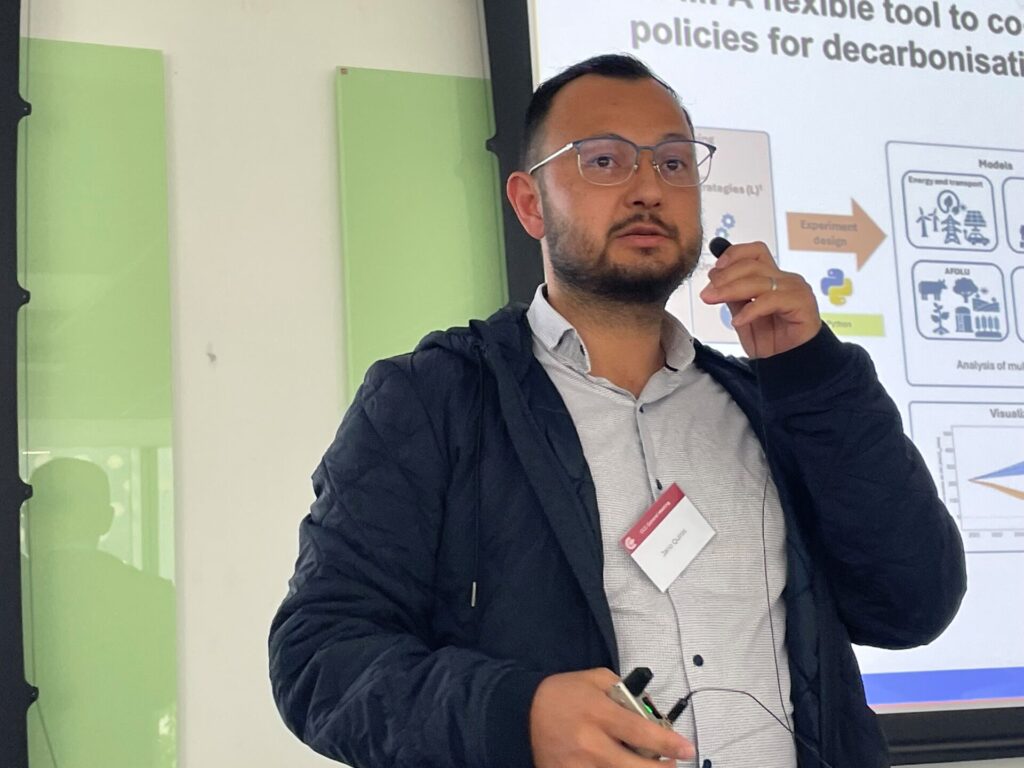
Case Study: Data-to-Deal Research in South Africa
A D2D pilot project in South Africa used energy modelling outputs (Energy System Design Research Community) to identify a credible decarbonisation plan for the country. The MinFin model (Economics, Enterprise and Finance Research community) was used to quantify the investment implications of the plan. Financial and economic sensitivity analysis was used to estimate the funding gaps and what changes in financing terms (eg JETP terms or Article 6 funding) may be required to close them.
An evolving component of D2D research here is to map out a working hypothesis of how projects, programmes, and policies align with agreed robust long-term scenarios and with the conditional release of available RPP funding pots in a sequenced manner. Next steps likely include the development of a taxonomic framework on the 3PO’s to support SCARPP (Sequential, Conditional, Aligned, Ready, Policy-based, Project-focused) finance mobilisation.
This is an example of CCG Programmed Research interfacing with an Affiliate Country (AC), where CCG core effort on knowledge product creation is leveraged to support climate compatible growth in countries outside of CCGs core partners.
Critical Minerals
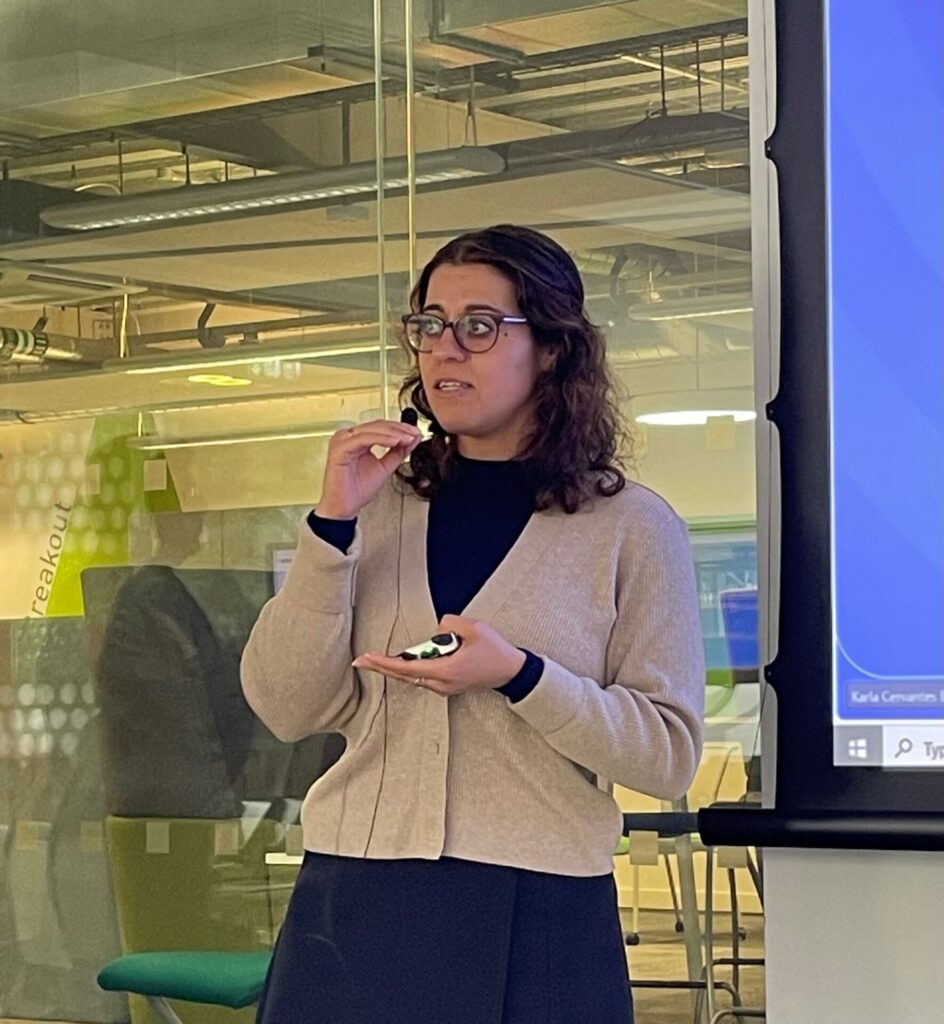
The Critical Minerals initiative highlights the importance of resources in the clean energy transition, examining how these materials are involved in broader transition processes. This initiative focuses on ensuring the resilience and fairness of critical mineral value chains in LICs and LMICs. It involves research from the Resource Efficiency community, to: map supply chains from mines through to final products purchased; assessing the social and environmental impacts of extraction, processing and manufacturing; analysing policies, actors and institutions that influence mining sectors; developing new metrics to assess supply chain resilience and disruption risks. Our Energy and Transport Systems communities will assess the future electricity and transport infrastructure needs. These quantified approaches to understanding critical minerals are complimented by: the Governance and Equity community’s research into unequal health and income outcomes from a GESI perspective. The Economics, Enterprise and Finance community will assess price volatility, geopolitical influence and regulation, labour requirements, investment provision and value addition.
Case Study: Critical Minerals Collaboration and Chatham House Event
Our Resource Efficiency, Infrastructure Resilience, Governance and Equity and Energy System Design communities collaborated in 2023 and 2024 to produce techno-economic assessments of critical minerals supply chain possibilities in southern Africa, and a country-specific study on Zambia.
This culminated with the event “Beyond extraction: Value addition for Africa’s critical minerals” at Chatham House. It brought together interest groups from government, policymakers, international organisations, the private sector, civil society and academics to discuss the current research frontiers on critical mineral processing in Africa, reflect on the current array of knowledge products and implementation plans, and hear from key interest groups on and future research needs.
Knowledge products related to this effort will be developed as an offering to CCG partner countries focused on capturing value from critical minerals supply chains. This Critical Minerals in Africa effort was a CCG-wide cross-cutting activity bringing together International Partnerships, Country Partnerships, Programmed Research and external interest groups.
Circular Economy
The Circular Economy theme explores the potential for circular strategies and policies to enable the low-carbon transition in LICs and LMICs. This includes sector specific analysis focused on the transport and energy sectors, at different scales and the wider country level resource implications of circularity initiatives.
Quantitative assessments of economy-wide circularity can help identify the opportunities for material efficiency, reuse and recycling, which can play a role in alleviating supply risks (themes dealt with in our Resource Efficiency community and Critical Minerals theme). However, care must be taken to ensure circularity actions lead to improved social and environmental outcomes.
A circular shift entails adopting new business models and strategies as ones from high income countries may not be appropriate for LMICs. It is essential, therefore, to analyse and assess different business models to support climate compatible growth, particularly in the energy and transport sectors (covered by our Economics, Enterprise and Finance community). Identifying successful case studies can also help provide evidence for investment and policy decisions.
Policy can be an enabler of circular economy transitions so developing effective governance and policies is essential (Economics, Enterprise and Finance community). Stakeholder analysis, policy review and exploratory methods are all useful to understand the current waste and material landscape and identify context-appropriate circular solutions and assess their real impact.
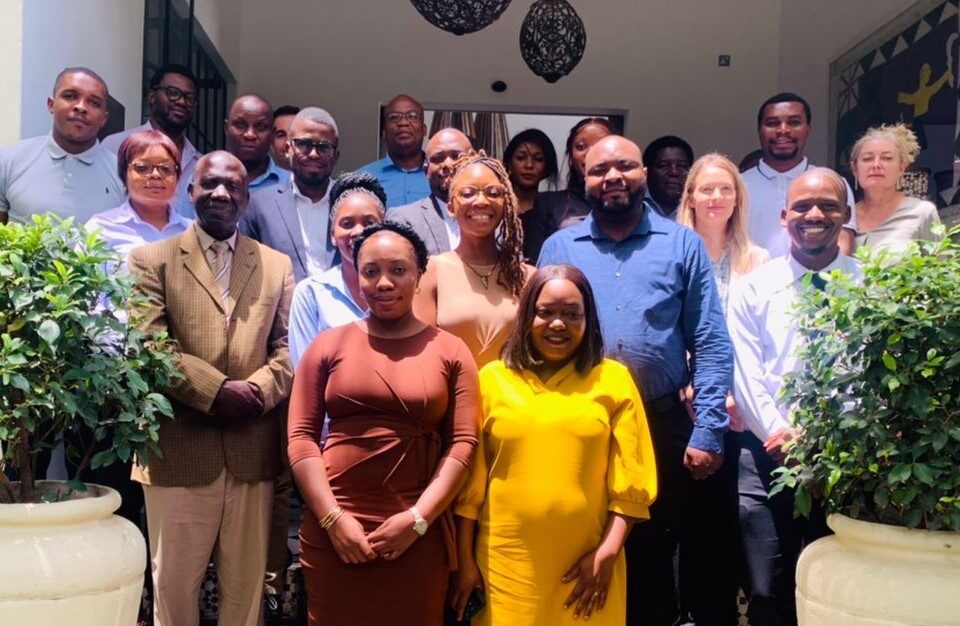
Case Study: Demand for Research on Circular Economy
Circular Economy focused research will begin from 2025, based on notable country demand. This work will start with the quantification of the impact of recycling and opportunities for material reuse using the models developed by the Resource Efficiency community. This assessment will enable the identification of the role of reuse and recycling in reducing supply pressures on critical minerals, particularly in LICs and LMICs. This will assist the prioritisation of circularity interventions and inform the development of circularity business models able to bring about sustainable value creation initiatives in developing countries.
Green Hydrogen and Alternative Fuels
Green Hydrogen and Alternative Fuels are recognised as vital components for decarbonising difficult-to-abate sectors, such as steel, concrete, aviation, and shipping, while also acting as a feedstock in various industrial processes to extend decarbonisation beyond power provision. At the same time, there are significant debates about the extent of their role, and a need for independent and critical analysis. CCG therefore investigates their viability in future decarbonisation, as well as the economic opportunities and challenges this presents in partner countries. We consider aspects of financing and risk, import/export relationships, spatial techno-economic feasibility, policies and governance, and social acceptability. This frequently requested research area naturally cuts across all Research Communities.
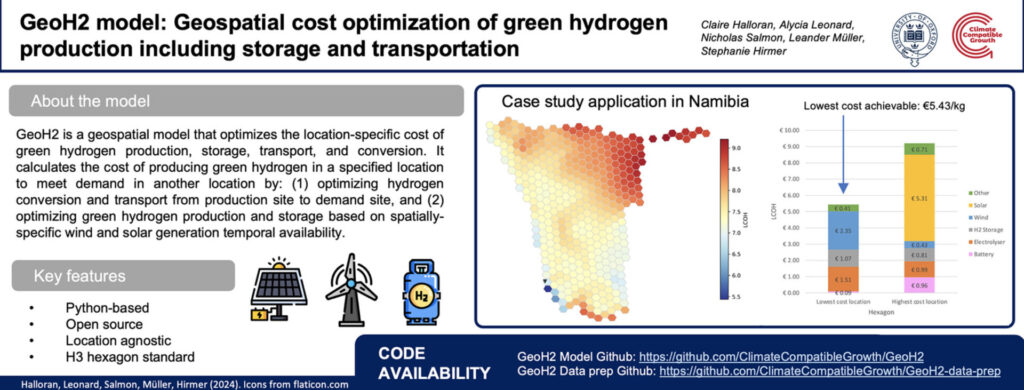
Case Study: Green Hydrogen and Alternative Fuels in Laos
CCG Programmed Research has collaborated with Lao PDR partners; Department of Energy Policy and Planning (DEPP), Department of Energy Efficiency Promotion (DEEP), Ministry of Natural Resources and Environment (MONRE), Research Institute of Energy and Mines (RIEM), National University of Laos (NUOL), and Electricite du Laos (EDL) in the co-creation of an OSeMOSYS-based energy systems model.
In 2024 this was applied in collaboration with LAPSEG (Laos-Australia Sustainable Energy Partnership), to produce the Lao PDR Government’s Green Hydrogen Strategy. This focuses on the use of excess hydro power in Lao PDR to produce hydrogen and feed a green ammonia production process. This is an example of demand-led collaboration between CCG Programmed Research, CCG Country Partnerships, CCG International Partnerships, and external partners aligned with Economics and Governance Research Communities.



| Title | Type | Countries | Authors |
|---|
